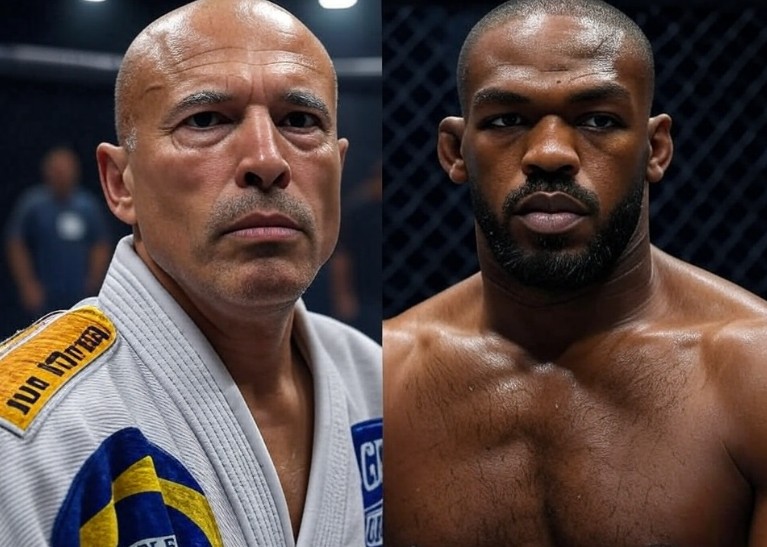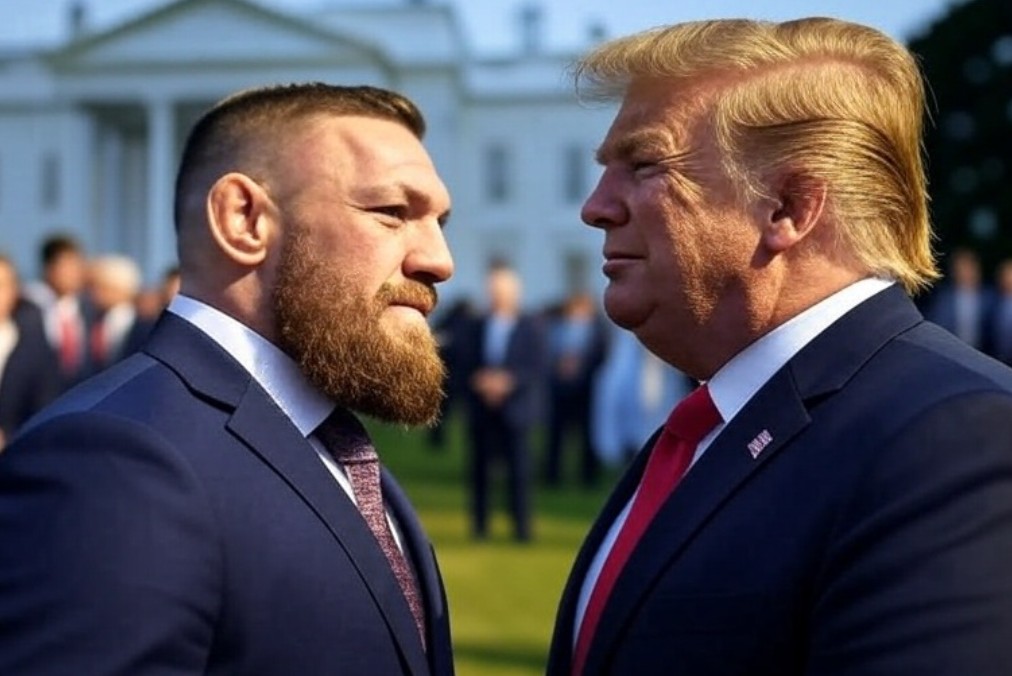
The debate over the greatest boxer of all time is a timeless puzzle, one that stretches across eras, weight classes, and the sport’s evolving landscape. Boxing has morphed in some ways—gloves got thicker, rules tightened, and training methods modernized—but at its core, it remains a pure test of skill, heart, and grit. The traditions endure: the sweet science of footwork, the thunder of a perfectly timed punch, the unyielding discipline that defines champions.
Decade after decade, these qualities—speed, power, ring IQ, stamina, and above all, hard work—stand as pillars of the sport. But what if we could distill the best of boxing history, blend it with the chaos of UFC mastery, and temper it with the street-smart cunning of a figure like Tony Soprano? Let’s imagine the ultimate fighter, a being crafted from the annals of combat and the raw edges of life.
To build this perfect warrior, we’d start with boxing’s finest. Picture a left hook borrowed from Joe Frazier, a devastating arc that could crumple any jaw, paired with Earnie Shavers’ uppercut—a piston of raw power that once floored the toughest. Add Joe Louis’ right hand, a sledgehammer delivered with precision, and Larry Holmes’ jab, a relentless spear that controls the fight’s rhythm. This fighter would inherit Johnny Tapia’s natural flair, dancing through danger with instinctual grace, and Floyd Mayweather’s tactical mind, reading opponents like a chess grandmaster. The heart? Arturo Gatti’s, a furnace of courage that never dims, wrapped in Rocky Marciano’s iron durability.
Reflexes would come from a prime Roy Jones Jr. and Naseem Hamed, their bodies reacting before the mind could catch up, while Bernard Hopkins’ career longevity ensures this fighter thrives into their 40s. Andre Ward’s methodical breakdown of foes, George Foreman’s unshakable belief, and Mike Tyson’s seismic punch power would form the offensive core. Joe Calzaghe’s relentless will to win, Saul “Canelo” Alvarez’s ever-evolving skill, and the Klitschko brothers’ intellectual approach would sharpen the mind. Willie Pep’s footwork would make him a ghost in the ring, Gennady Golovkin’s street-fighter guts adding an edge, and Carl Froch’s late-fight surge keeping him dangerous until the bell.
Oscar De La Hoya’s killer instinct, Howard Davis Jr.’s blinding speed, and Evander Holyfield’s humility would round out the personality, while Marvin Hagler’s steely resolve and Miguel Cotto’s quiet warrior spirit anchor the psyche. Kostya Tszyu’s range mastery, Manny Pacquiao’s angular brilliance, and Steve Collins’ mental toughness would enhance versatility. Gene Tunney’s discipline, Jack Johnson’s raw strength, and James Toney’s impenetrable defense would build a fortress.
Harry Greb’s unpredictability, Frank Bruno’s determination, and Pernell Whitaker’s effortless skill would confuse any foe, with Ricky Hatton’s body shots, Marco Antonio Barrera’s aggression, and Julio Cesar Chavez’s spirit adding depth. Felix Trinidad’s life force, Ray Leonard’s combinations, Lennox Lewis’ adaptability, Roberto Duran’s rawness, Jack Dempsey’s calm under pressure, Sugar Ray Robinson’s fight DNA, and Muhammad Ali’s selfless courage would complete the boxing blueprint—a fighter who could dominate any era.
But boxing alone wouldn’t suffice. Enter the UFC’s Jon Jones, whose MMA prowess would elevate this creation to new heights. Jones’ unorthodox striking—those spinning elbows and oblique kicks—would blend with his grappling genius, a double-leg takedown that transitions into a submission hold with eerie precision. His 6’4” frame, paired with a 84.5-inch reach, would make him a nightmare in the octagon, his ability to adapt mid-fight mirroring his comeback against Daniel Cormier. Add his championship pedigree—light heavyweight and heavyweight titles—and you’ve got a fighter who can strike, grapple, and outlast in any rule set. This ultimate fighter would train in the chaos of MMA, mastering BJJ under the tutelage of a Rickson Gracie and striking with the ferocity of a prime Anderson Silva.
Yet, physical skill needs a mind to match. Here, we turn to Tony Soprano, the fictional mob boss from HBO’s The Sopranos. This fighter would inherit Tony’s street smarts—reading a room, anticipating betrayal, and turning disadvantages into leverage. Imagine him sizing up an opponent not just in the ring but in the pre-fight press conference, using psychological warfare to unsettle them.
His ability to negotiate, honed by Tony’s deal-making with the DiMeo family, would secure the best trainers, the finest camps, and the most lucrative fights. A quiet threat lingers in his gaze, a reminder that he could handle a barroom brawl or a cage match with equal aplomb.
This ultimate fighter—let’s call him Victor “Iron Soul” Kane—would stand 6’4”, with a chiseled 240-pound frame, his afro a nod to his unbreakable spirit. His training regimen would blend old-school roadwork with modern sports science, running dawn patrols like Dempsey and analyzing fight film like the Klitschkos.
In the ring, his Frazier hook would drop foes, his Jones kicks would disorient, and his Soprano stare would break their will. He’d fight with Ali’s grace and Duran’s ferocity, finishing with Trinidad’s power and Ward’s strategy.
Victor’s debut? A White House spectacle in 2026, facing the best of both worlds—Tom Aspinall’s MMA prowess and Canelo’s boxing finesse. The crowd would roar as he dances with Pep’s feet, strikes with Tyson’s force, and submits with Jones’ technique, all while outsmarting with Soprano’s cunning. Unbeatable? Perhaps not—but damn close. This is the fighter history dreams of, a fusion of past glories, present dominance, and street-born resilience.


